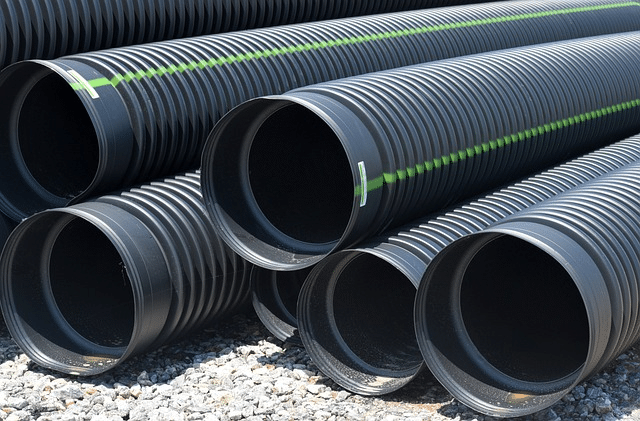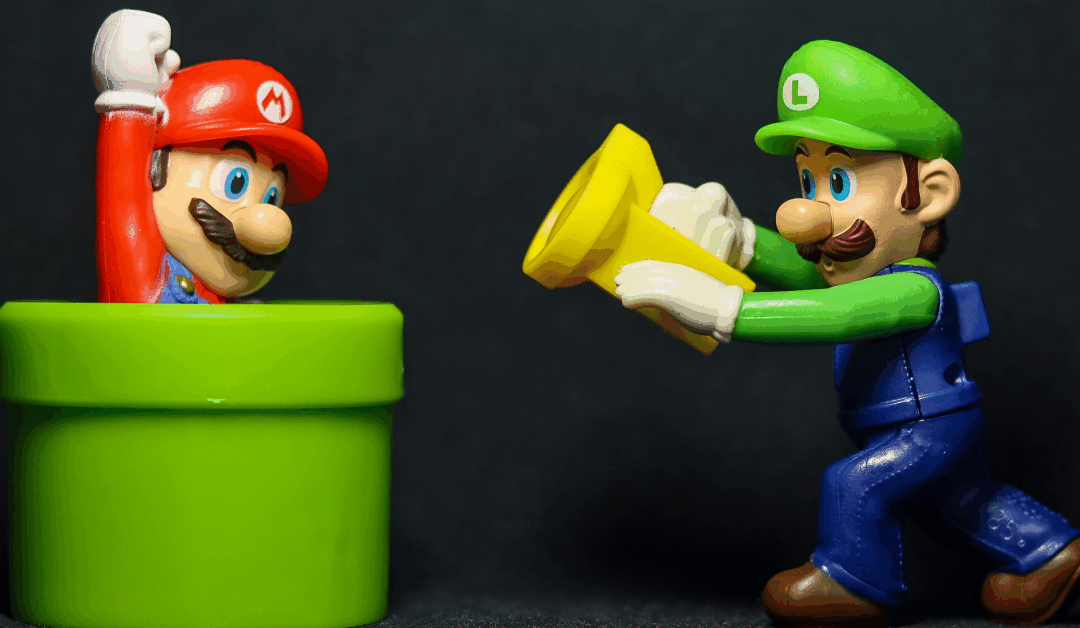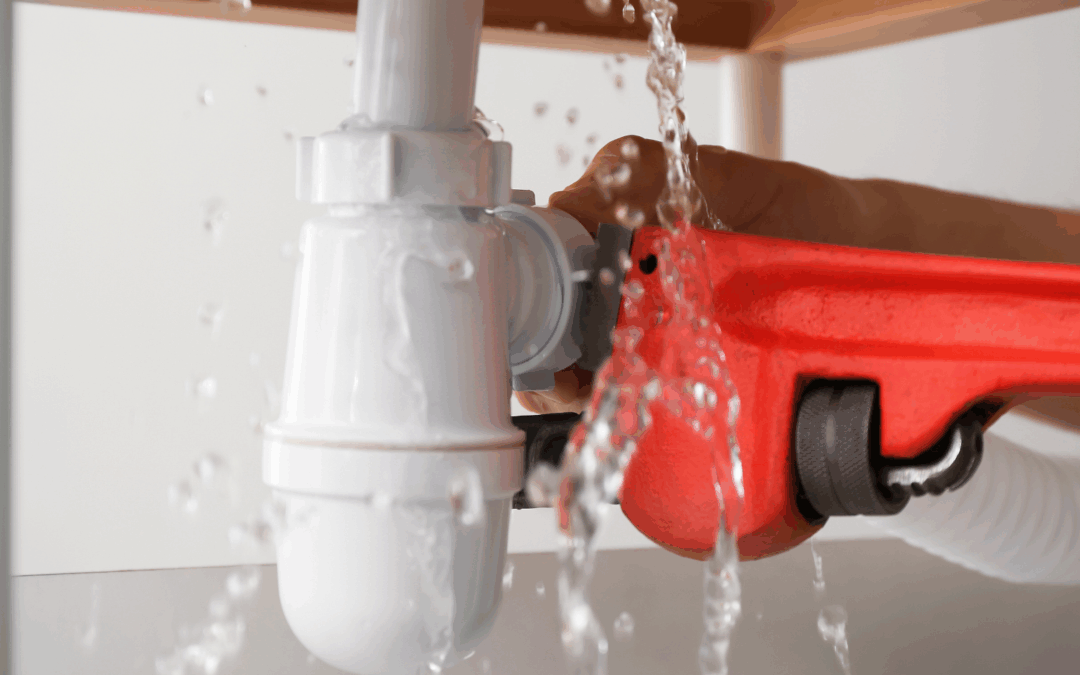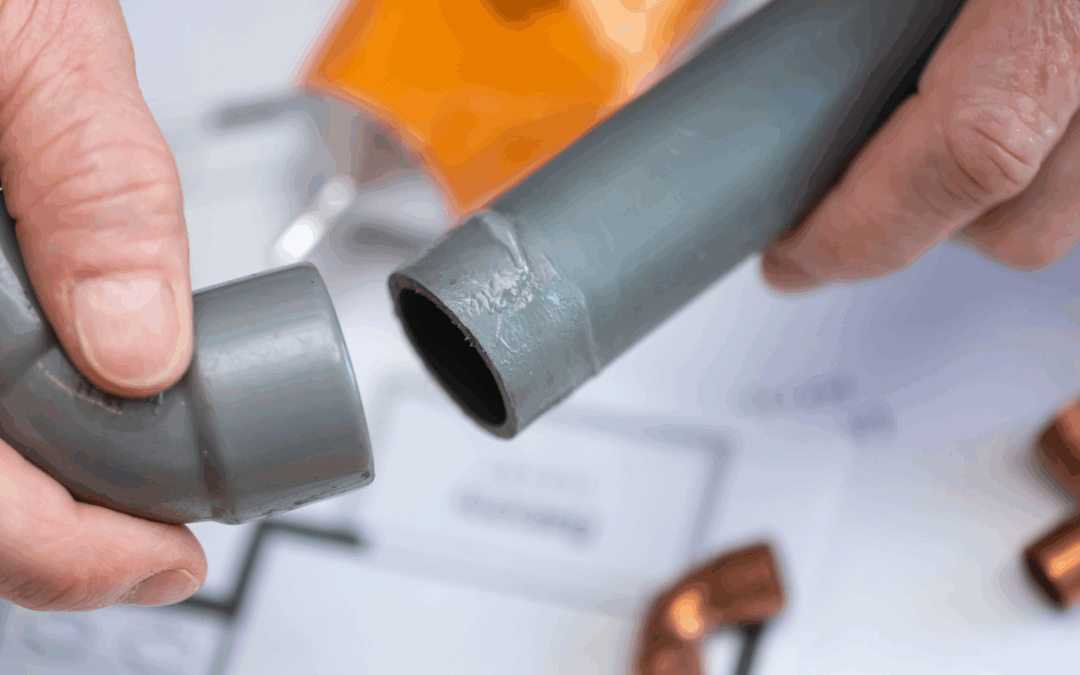Drainage pipes are an important part of any plumbing system that helps to ensure that waste and water are directed away from a property. They are available in various sizes and materials and are used for both residential and commercial properties. In this blog post, we will go through the basics of drainage pipes, including what they are, how they work, and what materials they are made of
What are Drainage Pipes?
Drainage pipes are plumbing fixtures that are used to carry wastewater and sewage away from residential or commercial properties. They come in a range of sizes, from very small pipes used for kitchen sinks and toilets, to large pipes that are used for stormwater management and industrial wastewater disposal. They help to ensure that waste and water are diverted away from a property to a treatment or disposal site.
The Function of Drainage Pipes:
The basic purpose of a drainage pipe is to move wastewater away from a property through gravity. Drainage pipes are usually sloped so that the water will flow from the higher positions to the lower positions. Most drainage pipes are made of PVC, which is lightweight, durable, and easy to install. However, some pipes are made of clay, cast iron, or other materials. The type of drainage pipes used depends on the application and the location of the property.
Schedule Service Online
Get a free estimate so you know what you're signing up for
"*" indicates required fields
For Emergency Services Call: 410-255-9300
Types of Drainage Pipes:
The two most common types of drainage pipes are PVC and ABS. PVC pipes are known for their durability, and they can withstand different weather conditions such as rain and strong winds. But ABS pipes are more flexible and are designed for more challenging areas that require bending.
Other types of drainage pipes may include cast iron, cement, or clay pipes. Cast iron pipes are often used in old buildings because they are durable. Cement pipes are used in larger pipes that carry industrial wastewater. Clay pipes are used for small pipes such as sewer lateral lines.
Installation of Drainage Pipes:
The installation of drainage pipes requires experienced professionals. A properly installed drainage pipe is essential to ensure the durability of the plumbing system. It also prevents leaks and blockages from occurring. A professional plumber considers the slope of the land, the direction of flow, and the location of the property to determine the best type of drainage pipes and the ideal positioning.
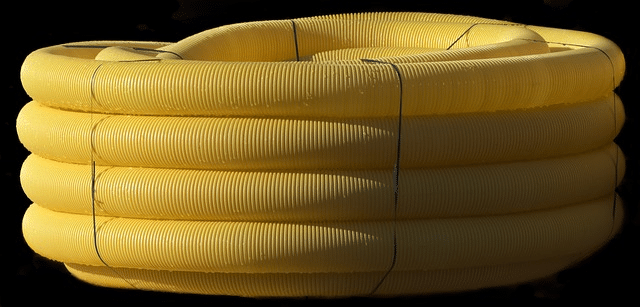
What Type of Pipe is Best for Yard Drainage?
Managing water in your yard can be frustrating and challenging. If you don’t have a proper yard drainage system, then it can lead to soil erosion, standing water, and even flooding. To ensure that your yard remains in top condition, it’s essential to have a good drainage system that works effectively. One important aspect of a drainage system is the pipe that you use. In this section, we will discuss the various types of yard drainage pipes available and the pros and cons of each of them.
Flexible Corrugated Pipes:
Corrugated plastic pipes are the most commonly used pipes for yard drainage. These pipes are made of plastic and have a corrugated design that makes them flexible and adaptable. They are also lightweight, and have a smooth interior which makes them easy to install. A significant advantage of these pipes is that they are available in a wide range of sizes and lengths. However, they can be easily damaged by roots, which can cause clogs and blockages.
Solid PVC Pipe:
Solid PVC pipes are another popular choice for yard drainage. These pipes are made of plastic but are not flexible. They are incredibly durable and strong, which makes them an excellent choice for areas with heavy foot traffic or vehicles.
Joint options include a spigot design with adapter gasket detail. Unlike corrugated pipes, solid PVC pipes are not easily damaged by roots. However, they are more challenging to install and require a bit more effort.
French Drain Pipe:
A French drain is a type of yard drainage system that uses a perforated pipe surrounded by gravel or a rock-filled trench. It’s designed to redirect excess water away from the house or the yard effectively. French drain pipes are usually made of PVC or corrugated plastic. These pipes are perforated to allow water to seep into the tube and drain away. A significant advantage of French drains is that they are relatively low-maintenance and require minimal upkeep.
Clay Drainage Pipes:
Clay pipes are traditional drainage pipes that have been used for centuries. These pipes are made of clay and are highly resistant to chemical erosion. They are strong and durable and can last for years. However, they are not flexible and can be challenging to install. These pipes also tend to be more expensive than other types of pipes.
Cast Iron Drainage Pipes:
Cast iron pipes are the oldest type of drainage pipes used for yard drainage. These pipes are incredibly strong and durable, making them ideal for use in high traffic areas. They are also resistant to damage by roots, debris, and other elements. However, they are not flexible, making them difficult to install. Cast iron pipes are also more expensive than other types of pipes.
Choosing the right type of pipe for your yard drainage system is essential. You need to consider several factors, including the soil type, water flow rate, plain end or not and the type of vegetation in your yard. Understanding the pros and cons of each type of pipe is crucial in determining which one is the best fit for your drainage system.
Overall, corrugated plastic pipes are the most commonly used pipes for yard drainage due to their flexibility, affordability, and ease of installation. Whatever type of pipe you choose, make sure that it fits within your budget and can effectively manage excess water in your yard.
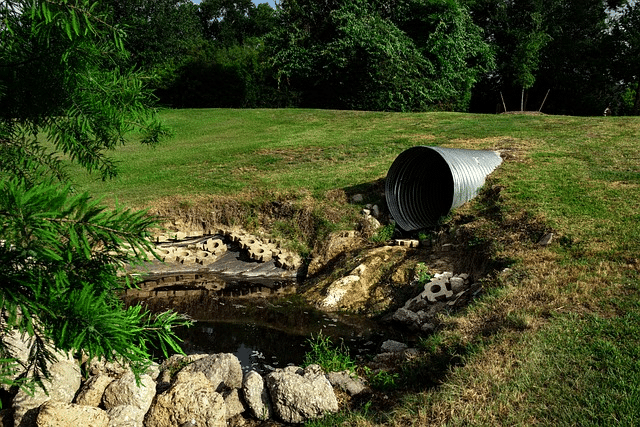
What’s the Difference Between a Sewer Pipe and Drain Pipe?
Have you ever found yourself confused by the various pipes in your home? In particular, you may have wondered about the difference between a sewer pipe and drain pipe. It’s an important distinction to make, as each one serves a different purpose in your plumbing system. Lastly, we’re going to explore the difference between the two types of pipes and why it matters.
First, let’s define what each type of pipe is. A drain pipe is a pipe that carries wastewater away from your sink, bathtub, shower, or other plumbing fixture in your home. It’s typically made of PVC or ABS plastic and has a smaller diameter than a sewer pipe. A sewer pipe, on the other hand, is a larger pipe that carries wastewater from your home’s plumbing system to the local treatment plant.
One of the key differences between these two types of pipes is the diameter. As mentioned, a sewer culvert pipe is larger in diameter than drain pipes. This is because they need to carry a larger volume of water and waste. Additionally, while drain pipes typically only handle grey water from your fixtures (like water from your sink or shower), sewer pipes carry both grey water and black water (toilet waste). This is why they require a larger diameter and a separate venting system to prevent sewer gases from building up in your home.
Another difference is the way these pipes are connected. Drain pipes are typically connected using slip joints, which allow for easy disassembly should a clog need to be cleared. Sewer pipes, on the other hand, are usually glued or soldered together to provide a watertight seal. Because sewer pipes carry black water, a leak in the system can pose serious health risks, so it’s important that they are properly installed and maintained.
The materials used to make these pipes are also different. Drain pipes are usually made of PVC or ABS plastic, which is lightweight, easy to install, and resistant to corrosion from chemical drain cleaners. Sewer pipes, on the other hand, are typically made of clay, concrete, or PVC material. Each material has its own advantages and disadvantages, and the type of material used will depend on the specific needs of the system.
Finally, the flow rate of these pipes can also differ. Drain pipes typically have a gravity-fed flow rate, meaning that water and waste flow downhill and away from your home’s fixtures, installed under driveways for example. Sewer pipes, on the other hand, need to be pumped or pushed along using pressure from the municipal water treatment plant. This is because they need to travel a much greater distance and overcome more obstacles than a drain pipe.
In summary, there are several key differences between sewer pipes and drain pipes. While both types of pipes carry wastewater away from your home’s plumbing system, their size, how they’re connected, the materials they’re made from, and the flow rate all differ. Understanding these differences is important for proper installation, maintenance, and repair of your plumbing system. Make sure to consult with a licensed plumber if you have any questions or concerns about your home’s plumbing system.
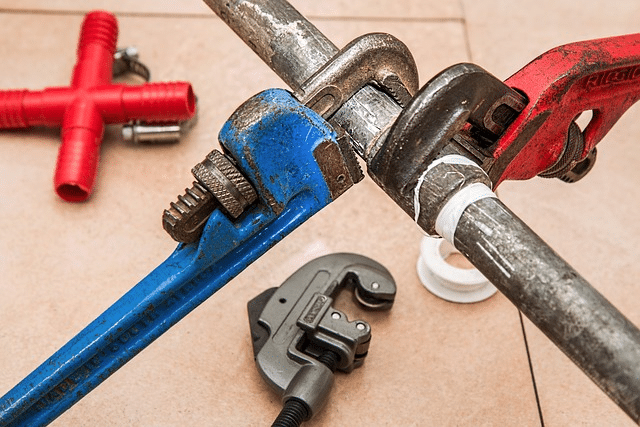
Conclusion:
In conclusion, drainage pipes are an essential part of any plumbing system. They help to ensure that wastewater and sewage are directed away from a property to a treatment or disposal site. They come in a range of sizes, materials, and types to suit different applications, and their installation requires professional expertise. If you need help with your drainage system, consult a professional plumber to guide you on the best type of drainage pipes and ensure that their installation is done according to the recommended standards.

MD Sewer and Plumbing
Don’t worry if you don’t understand the difference between all the different types of pipes. Let MD Sewer and Plumbing Service take care of all the dirty work for you so you can have a peace of mind knowing your sewer and plumbing are well taken care of.

